Exploiting from cultural roots
In recent years, Thanh Hoa tourism industry has implemented many flexible and creative solutions to promote the potential of indigenous culture. Realizing that culture is the soul of tourism, localities in the province have promoted the integration of traditional identities of ethnic minority communities into tourism products, creating a distinct highlight compared to mass tourism areas.
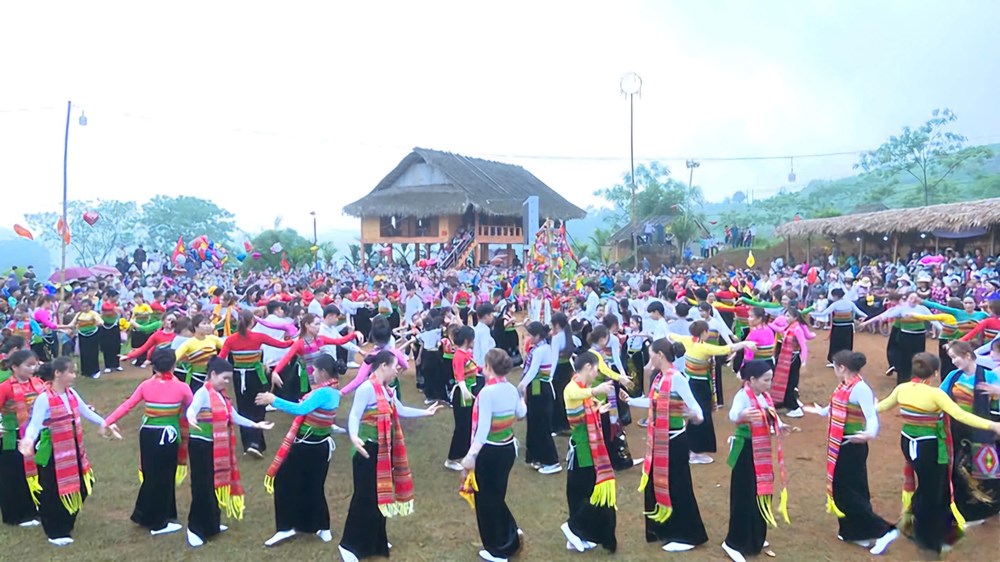
More than 200 people participated in the performance of the Thai ethnic solidarity dance and xoe dance at the Pu Luong Cultural Festival.
For example, Pu Luong community eco-tourism area (Ba Thuoc district) has become a prominent destination thanks to the harmonious combination of majestic natural scenery with traditional cultural features of the Thai and Muong people.
The stilt houses nestled on the mountainside, the xoe dances by the fire, the fragrant sticky rice… create an irresistible attraction for domestic and foreign tourists.
In Ma village (Thuong Xuan district), visitors can immerse themselves in the daily life of the Thai people, experience traditional customs such as indigo dyeing, brocade weaving, eat rice, drink rice wine and listen to Khap singing by the fire. This is not just tourism, but a journey to the depth of culture.
At Cam Luong sacred fish stream (Cam Thuy district), in addition to admiring the precious fish gathering in the clear blue water, visitors also have the opportunity to explore the Muong cultural treasure preserved through many generations in Luong Ngoc village - from stilt house architecture, costumes, cuisine to traditional customs and festivals.
Coming to Luong Ngoc village, it is not difficult to hear the echoing sounds of gongs - a musical instrument closely associated with the spiritual life of the Muong people here.
The village gong club, with members being simple farmers, has become a special highlight in every welcoming occasion. The resounding gong sound not only captivates visitors, but is also a vivid proof of cultural preservation associated with local economic development.
Ms. Pham Thi Huyen, a member of the club, shared: “Gongs are indispensable in festivals, weddings, housewarmings, etc. Thanks to the club, young people have learned how to play and understand the meaning of each gong sound. Now that there are tourists coming to see, we are even more proud and responsible for preserving this beauty.”
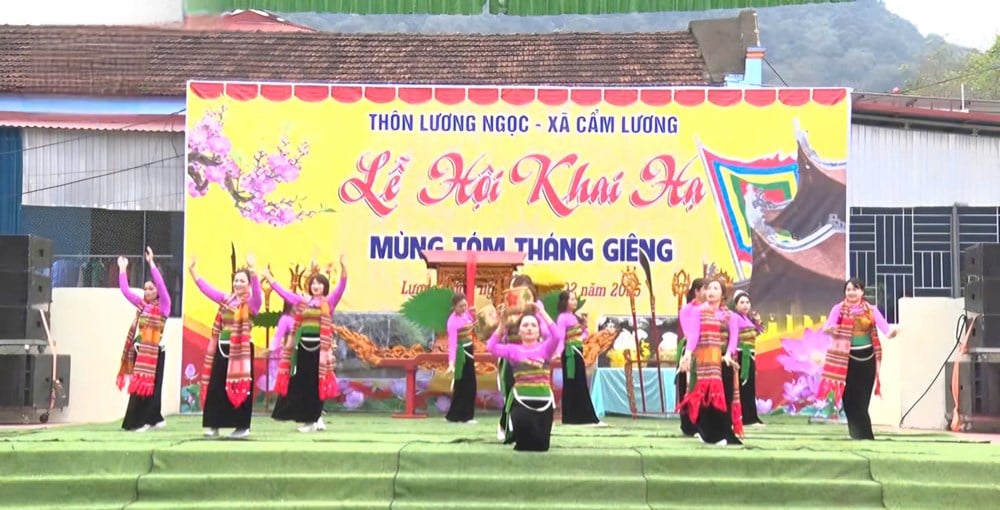
Art performance of Muong ethnic people in Luong Ngoc village, Cam Luong commune (Cam Thuy)
Not only stopping at performances, localities also proactively integrate indigenous culture into experiential tourism models, such as "a day as a Thai" or "cooking rice and pounding cakes with Muong people".
It is these authentic and simple experiences that help tourists understand and love the cultural values of ethnic minorities more – something that no books or videos can replace.
To achieve today's achievements, Thanh Hoa has been implementing many key projects, notably the Project "Preserving, promoting and developing the language, writing, costumes and traditional occupations of ethnic minorities in Thanh Hoa province until 2030" and the Project "Researching the restoration and promotion of the values of typical festivals and unique folk cultural forms in the province to serve tourism development".
Effectively implementing Project 6 "Preserving and promoting the fine traditional cultural values of ethnic minorities associated with tourism development", under the National Target Program on socio-economic development in ethnic minority and mountainous areas for the period 2021-2030: Thanh Hoa Department of Culture, Sports and Tourism organized a training course on methods to preserve Thai ethnic costumes in Nhu Thanh district; successfully organized the Folk Arts Festival - Highland Market and the "Highland Fragrance" Festival attracting a large number of artisans, actors, and people of ethnic minorities in the upper Thanh Hoa region to participate in performing, creating, and enjoying culture.
Along with that are a series of practical activities: organizing classes to teach folk songs, folk dances, folk music; building traditional cultural models; supporting village art troupes; recreating typical festivals such as Khai Ha festival, Cau Mua festival, buffalo festival on the 15th day of the 7th lunar month...
Ms. Vuong Thi Hai Yen, Deputy Director of Thanh Hoa Department of Culture, Sports and Tourism, affirmed: “We clearly identify that tourism development cannot be separated from the preservation of cultural heritage. Development here is not only about increasing the number of visitors, but also about reviving cultural values that are gradually fading away, so that culture can ‘live’ in the space where it originally existed.”
There are still challenges
Despite many efforts, the reality shows that Thanh Hoa's cultural tourism products still have some limitations. Many destinations are still spontaneous, lack proper investment, duplicate products, and are not competitive enough with other provinces. The situation of hybridization and transformation of original cultural values occurs in some places when following the short-term tastes of tourists.
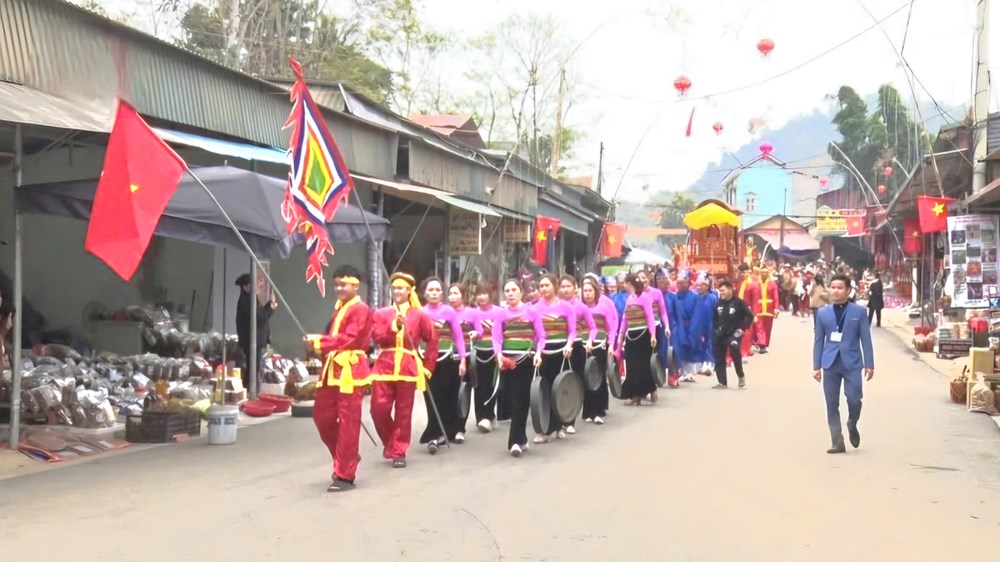
Muong people in Luong Ngoc village (Cam Luong commune, Cam Thuy district, Thanh Hoa province) hold a traditional opening festival to carry the sacred fish.
In particular, the lack of connection between tourist destinations, between localities and travel businesses means that many products, despite their potential, have not yet been able to promote economic efficiency. The participation of the community is sometimes formal and lacks depth.
According to experts, to overcome these shortcomings, it is necessary to build a cultural tourism development strategy based on local identity, at the same time invest systematically in infrastructure, train human resources, promote regional connectivity and enhance the role of the community in tourism development.
The world is witnessing the rise of experiential tourism, community-based tourism and cultural tourism. Modern tourists do not just want to “see”, but also want to “live”, “experience” and “connect” with the places they visit. This is an opportunity for indigenous culture, especially the culture of ethnic minorities, to become the key to expanding Thanh Hoa’s tourism market to the international level.
If we know how to properly unleash our potential, invest properly and preserve our values, the gongs, stilt houses, and ethnic dances will not only be memories, but will also be valuable tourism products, creating livelihoods for the people and further enhancing the identity of the highlands.
Source: https://bvhttdl.gov.vn/van-hoa-ban-dia-tro-thanh-dong-luc-moi-cho-du-lich-thanh-hoa-20250512101745944.htm



![[Photo] Anh Hoang - Dinh Duc successfully defended the men's doubles championship of the National Table Tennis Championship of Nhan Dan Newspaper](https://vphoto.vietnam.vn/thumb/1200x675/vietnam/resource/IMAGE/2025/5/23/d6ab3bcac02c49928b38c729d795cac6)

![[Photo] Top players gather at the 2025 Nhan Dan Newspaper National Table Tennis Championship](https://vphoto.vietnam.vn/thumb/1200x675/vietnam/resource/IMAGE/2025/5/23/9ad5f6f4faf146b08335e5c446edb107)












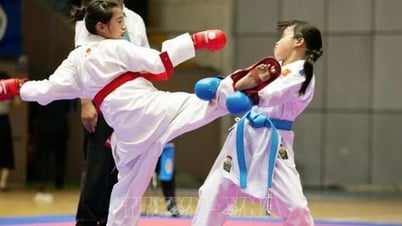

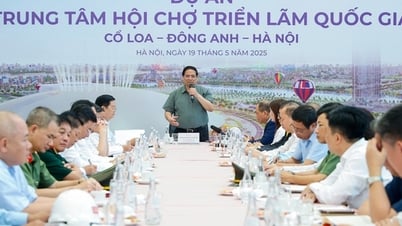
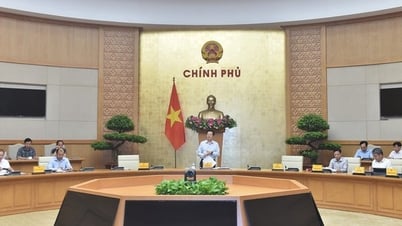
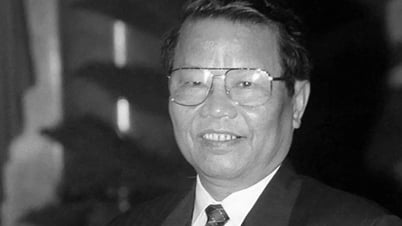









































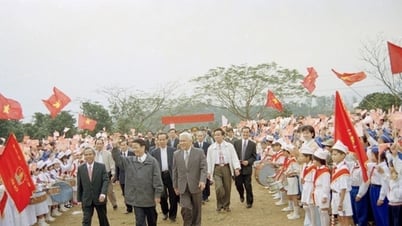



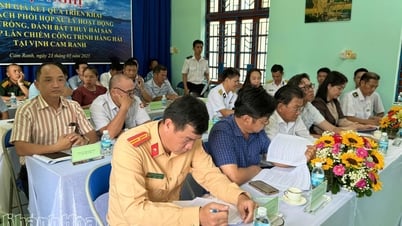

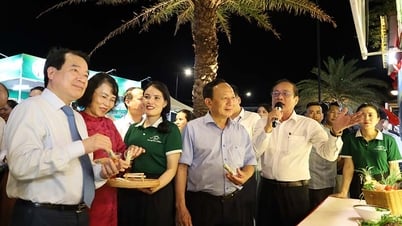

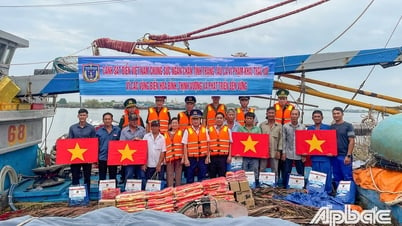














Comment (0)